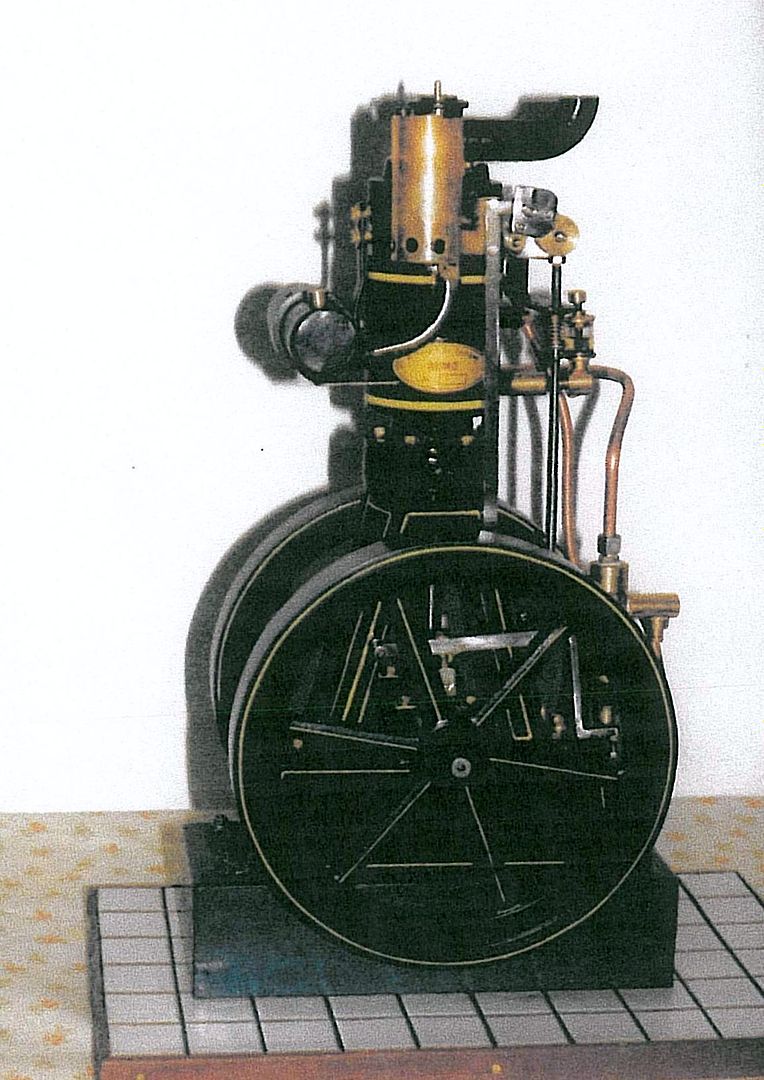allen56am
Member
- Joined
- Dec 3, 2016
- Messages
- 15
- Reaction score
- 0
I am new here, I hope I am asking this question in the correct place ? I am in the process of building my first Flame Licker Engine, I am using a 20cc weed wacker engine and modifying it to have a open crankcase and a walking beam on the top to operate the slide valve I am making for the cylinder head, My question is how do you figure out what size and weight to make the flywheel, I have decided to use just one flywheel.
Thank you.
Thank you.





